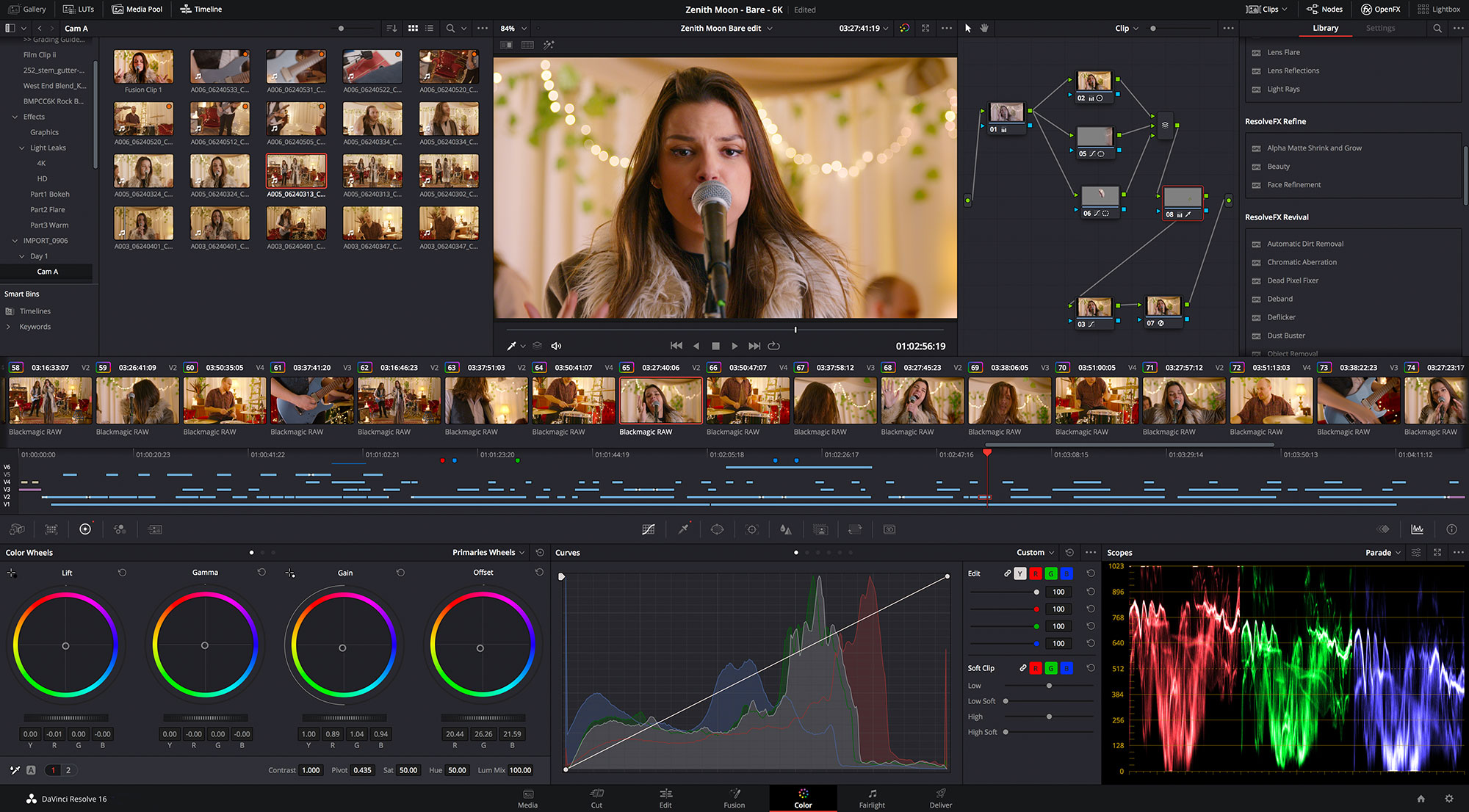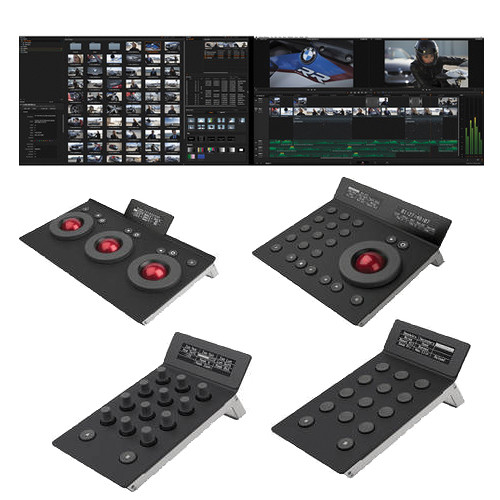
It turns out this is all done with supplied keyboard maps. The included keyboard sets emulate other popular editing applications, making it easier for editors switching to DaVinci Resolve.” The new visual interface lets editors quickly see which keys are in use and assign shortcuts. Now, this extra step isn’t necessary, as you can bring in native source clips into the timeline while viewing and editing a compound clip in the source viewer.”įor those of us freelancers who need to pilot one brand of NLE in the morning but switch to a different one on the overnight shift, I was intrigued to read: “Keyboard customization has been completely redesigned in Resolve 15.2. “This requires the editor to right click and select ‘decompose in place’ in order to get the original clips out of the compound clip.


“In the past, you could load a compound clip into the source viewer, but when editing in a chunk of that compound clip in the timeline, you’d get one solid portion of the compound clip,” he replied. I wasn’t sure how to interpret the concept of “decompose” so I asked Druss for some elucidation. The announcement of new version 15.2 also said “compound clips can now be loaded into the source viewer and edited into the current timeline in their decomposed state”. “Now, when you create a marker, instead of slipping it to increase or decrease length, there’s a new timecode entry section where you can type in how long you want your marker to be.”

“The biggest change is for markers,” he replied.


 0 kommentar(er)
0 kommentar(er)
